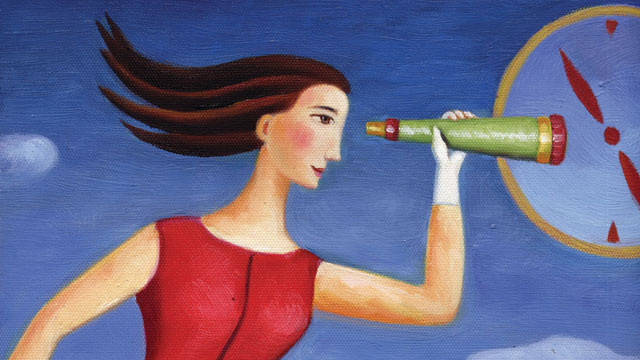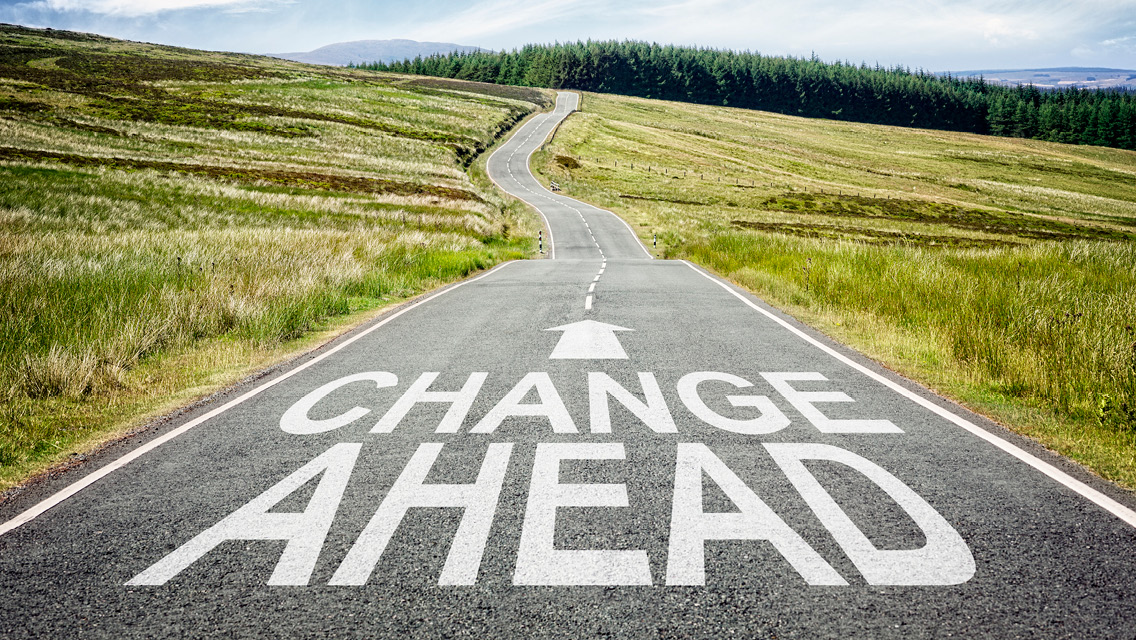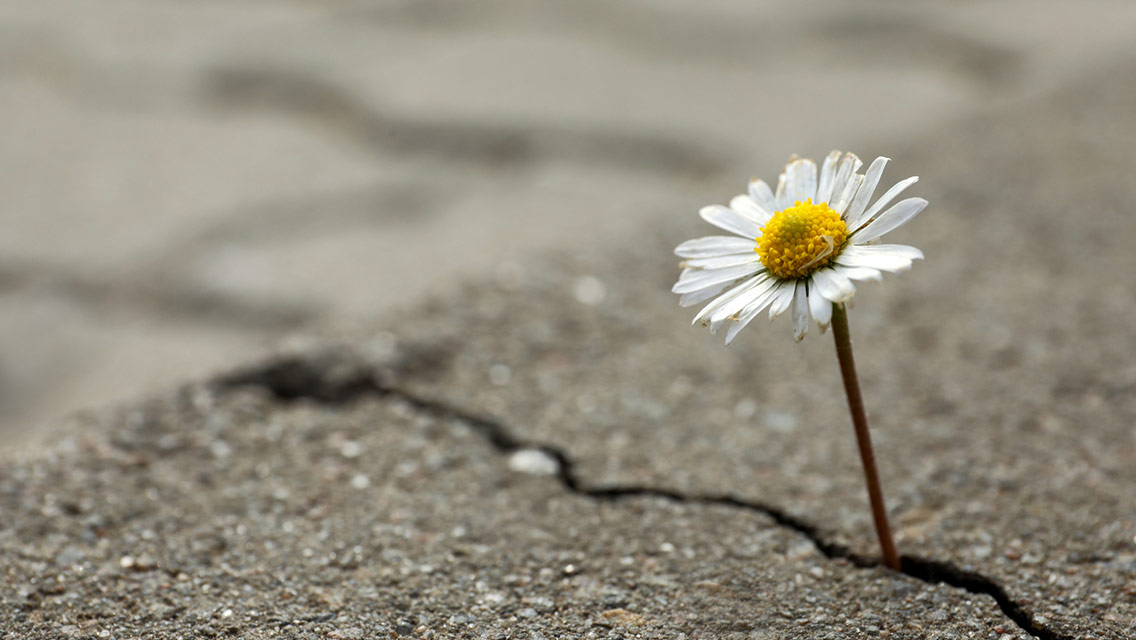Grounded in the research Jim Loehr and Tony Schwartz have done with the world’s greatest athletes, their awesome book, The Power of Full Engagement, provides a set of tools to help achieve your optimal level of performance in whatever arena you choose. Here’s the heart of their wisdom: “Energy, not time, is the fundamental currency of high performance.”
Keep Your Eye on the Finish Line
How you pace yourself is key to managing your energy. Loehr and Schwartz explain how this works for athletes:
“Think for a moment about the look of most long-distance runners: gaunt, sallow, slightly sunken and emotionally flat. Now visualize a sprinter such as Marion Jones or Michael Johnson. Sprinters typically look powerful, bursting with energy and eager to push themselves to their limits. The explanation is simple. No matter how intense the demand they face, the finish line is clearly visible 100 or 200 meters down the track.”
The authors recommend that we ditch the endurance runner attitude and approach life like a series of sprints — oscillating between periods of intense engagement and equally intense renewal. Unfortunately, most of us try to break the naturally oscillating rhythms of life and wind up “flat-lining.”
Nature’s Rhythms Set the Example
Nature’s rhythms provide a good example of effective energy management. Loehr and Schwartz explain:
“Nature itself has a pulse, a rhythmic, wavelike movement between activity and rest. Think about the ebb and flow of the tides, the movement between seasons, and the daily rising and setting of the sun. So, too, are human beings guided by rhythms.”
There is one place humans have learned to respect the pulse of life, say the authors — in athletics. “The concept of maximizing performance by alternating periods of activity with periods of rest was first advanced by Flavius Philostratus (A.D. 170–245), who wrote training manuals for Greek athletes. Russian sports scientists resurrected the concept in the 1960s and began applying it with stunning success to their Olympic athletes.”
So often, rather than honor the natural need for rest following exertion, we tend to artificially compensate energy with caffeine, sugar and other quick fixes, and keep ourselves running a marathon at our own expense. Not a good idea.
The Importance of Rest Cycles
If you want to perform at your best capacity, know that what you do between rounds counts most. Loehr and Schwartz explain:
“When Jim was working as a performance psychologist, he studied what set apart the greatest competitors. After hundreds of hours watching top tennis players and studying tapes of their matches, he could detect no significant differences in their habits during points. It was only when he studied what they did between points that he suddenly saw a difference. The best players had built almost exactly the same set of routines: the way they walked back to the baseline after a point; how they held their shoulders; where they focused their eyes; even the way they talked to themselves.”
In the 16 to 20 seconds between points, these habits helped the best tennis players lower their heart rates by as much as 20 beats per minute. This gave them more energy for the rest of the match.
Competitors take note: It was the behavior during rest cycles that gave the winners their competitive edge.
Reduce Stress by Planning Ahead
If you want to save yourself about 90 percent of the energy required to get yourself to do a task, decide ahead of time where and when you’re going to do it. Here’s some of Loehr and Schwartz’s wisdom about planning ahead:
“A group of addicts were studied during withdrawal — a time when the energy required to control the urge to take drugs severely compromised their ability to undertake nearly any other task. To help them find employment post-rehabilitation, one group was asked to write a short résumé before 5 p.m. on a particular day. Not one succeeded. A second group was asked to complete the same task, but also to say exactly when and where they would write the résumé. Eighty percent of that group succeeded.”
So you can increase your odds of getting tasks done by giving them a slot on the schedule — especially during times of stress. Get out the planner!
How Rituals Let Us Be More Creative
If we’re going to optimize our energy, say Loehr and Schwartz, we need to recognize that our willpower is (a) weaker than we think and (b) more draining to employ than we think. Every time we have to consciously decide whether or not we’re going to do something, we deplete energy. This is why schedules work, and where rituals come in handy. They remove some of the exhaustion associated with choice.
“We use the word ‘ritual’ purposefully to emphasize the notion of a highly structured behavior,” write Loehr and Schwartz. “In contrast to will and discipline, which require pushing yourself to a behavior, a ritual pulls at you. Brushing your teeth is something to which you feel consistently drawn, compelled by its health value. You do it without much conscious effort or intention. Rituals ensure we use as little conscious energy as possible, leaving us free to focus our energy in creative, enriching ways.”
Energizing, Clarifying Thought Exercises
Being “energized” means being tapped into something greater than yourself — a goal, a sense of purpose, a set of values. Knowing what you value and how your actions support those values can be a huge energy boost.
Loehr and Schwartz suggest a number of helpful mental exercises to help you get in touch with these core values. For example, they suggest mentally jumping ahead to the end of your life: “What are the three most important lessons you have learned, and why are they so critical?” they ask. “What one-sentence inscription would you like to see on your tombstone that would capture who you really were in your life?” Another great question to ponder: “Who are you at your best?”
Our spiritual energy is the deepest source of our power. To tap it, we’ve got to know who we are and what we stand for. And, we’ve got to live in integrity with those values. So take some quiet time and reflect on those great questions above. It will build the purpose muscles that fuel your spiritual energy, and set you up to enjoy the Power of Full Engagement!
Brian Johnson is a philosopher and (professional) student of life. He used to build businesses. Now he reads a lot and has fun integrating universal truths into his day-to-day life. He also likes to hike, laugh, write, think, teach and hang out with his wife, Alexandra. Learn more at PhilosophersNotes.com.
About the Authors
Jim Loehr has worked with hundreds of world-class performers from the arenas of business, sports, medicine and law enforcement. He is the author or coauthor of several books on mental and physical training for peak performance.
Tony Schwartz is the president and CEO of The Energy Project, which helps individuals and organizations perform at their best. He is the author of several books and articles on managing energy and creating stamina.





This Post Has 0 Comments